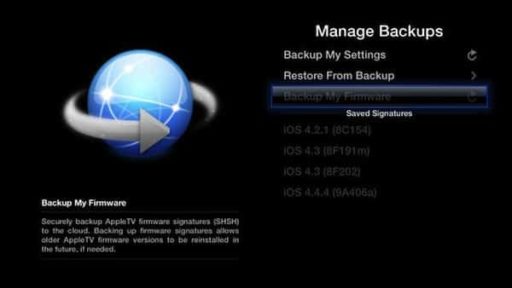It is widely known and lamented that broadband internet penetration in the US is lagging well behind many other developed nations. About 65 percent of American households currently have access to broadband, as opposed to 88 percent of Singaporean and 95 percent of South Korean households. This why FCC Chairman Julius Genachowski is planning a National Broadband Plan titled “100 Squared” whose goal is to bring 100-megabit-per-second broadband connections to 100 million U.S. households by 2020.
PC World presents its take on the whether this goal is achievable:
Pipe Dream?
Is the 100 Squared plan doable? It depends on whom you ask. Qwest Communications CEO Edward Mueller tells Reuters that not only is the plan is unrealistic, but that consumers don’t want 100-Mbps broadband. But at DSL Reports, blogger Karl Bode writes that not only are home broadband speeds of 100-Mbps very feasible within 10 years, they’ll arrive whether or not the FCC gets involved.
It’s true that home broadband providers are busily upgrading their networks to enable faster connections. Verizon’s FiOS Network could easily bring 100-Mbps service to the home, and cable companies are implementing the DOCSIS 3.0 spec to achieve similar goals. Comcast’s Extreme 50 Service, for instance, currently offers download speeds as fast as 50 megabits per second. At AT&T, there’s a broadband Uverse package with 24-Mbps downloads. Add these efforts together, and it’s a reasonable assumption that 100-Mbps broadband in the home could happen within ten years.
Will it reach 100 million homes? That’s questionable. Certainly, consumers would benefit greatly from increased competition in the home broadband market — something better than today’s telco-cable duopoly.
Don’t Forget Google
Google is planning a series of “experimental” fiber optic networks designed to bring blazingly fast 1-gigabit-per-second broadband — yes, that’s 10 times faster than the FCC plan — to a small number of U.S. communities. While no one’s suggesting that 1-gig service will go mainstream anytime soon, a successful Google broadband implementation would no doubt boost consumer demand for broadband service that far exceeds today’s relatively poky DSL and cable modem connections.
Do we need 100-Megabit or 1-gigabit broadband? Absolutely. This is one of those build-it-and-they-will-come scenarios. “They,” in this case, are the online applications that require faster broadband than what’s currently available.
Genachowski points out that various Internet apps that aren’t feasible today, such as numerous health care and educational uses, would be enabled by ubiquitous, super-fast broadband. I’d also add that the growing popularity of movie-streaming services such as Netflix, VUDU, and Amazon On Demand, are a good indication that consumer demand for a faster Internet will only continue to grow.
One thing is certain: no matter how much bandwidth we provide home users with, they will not go unused.
Source: PC World.



